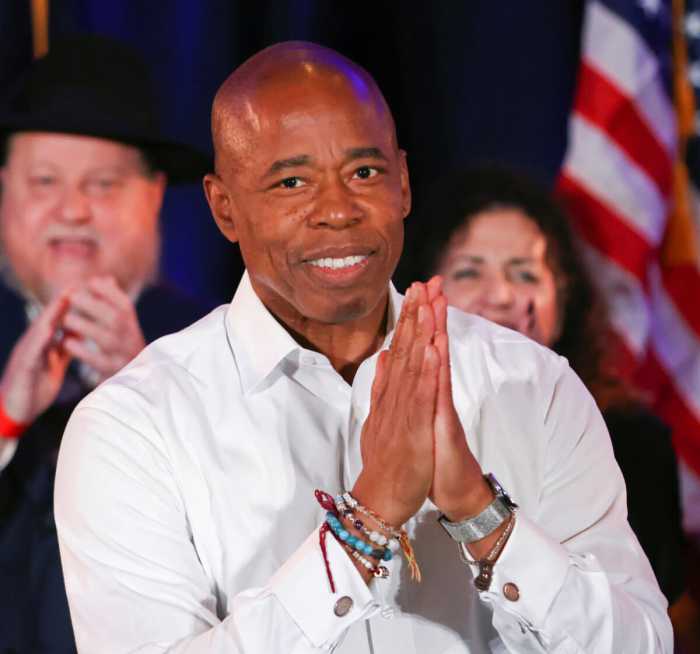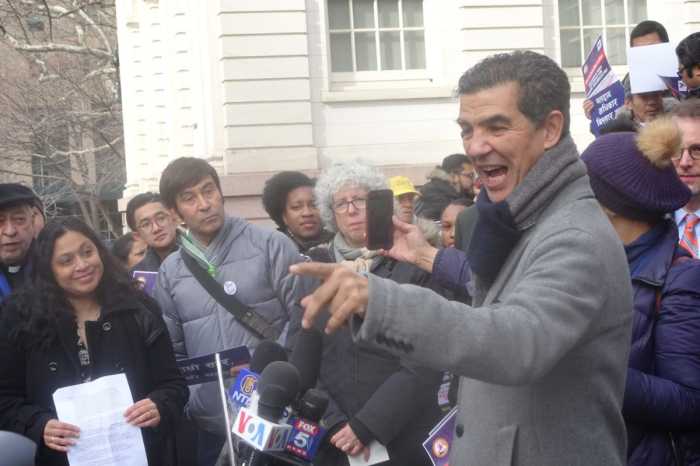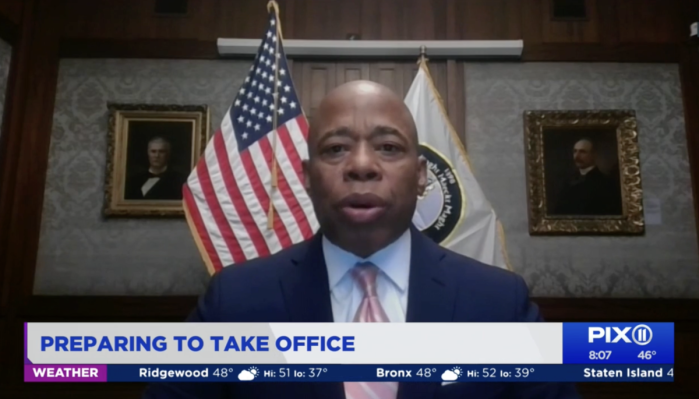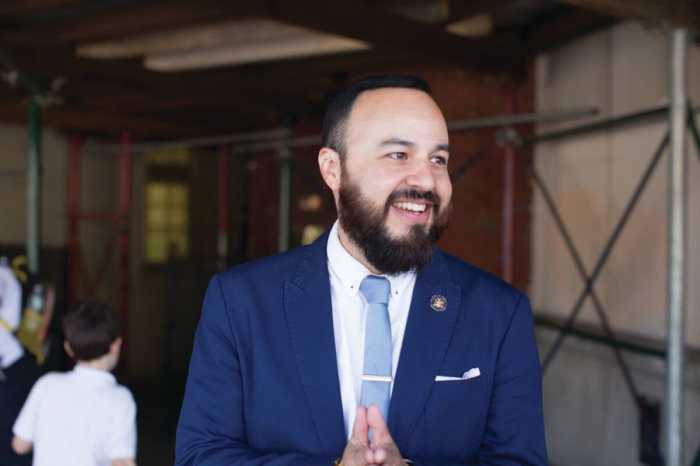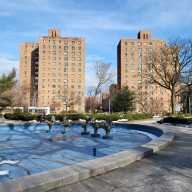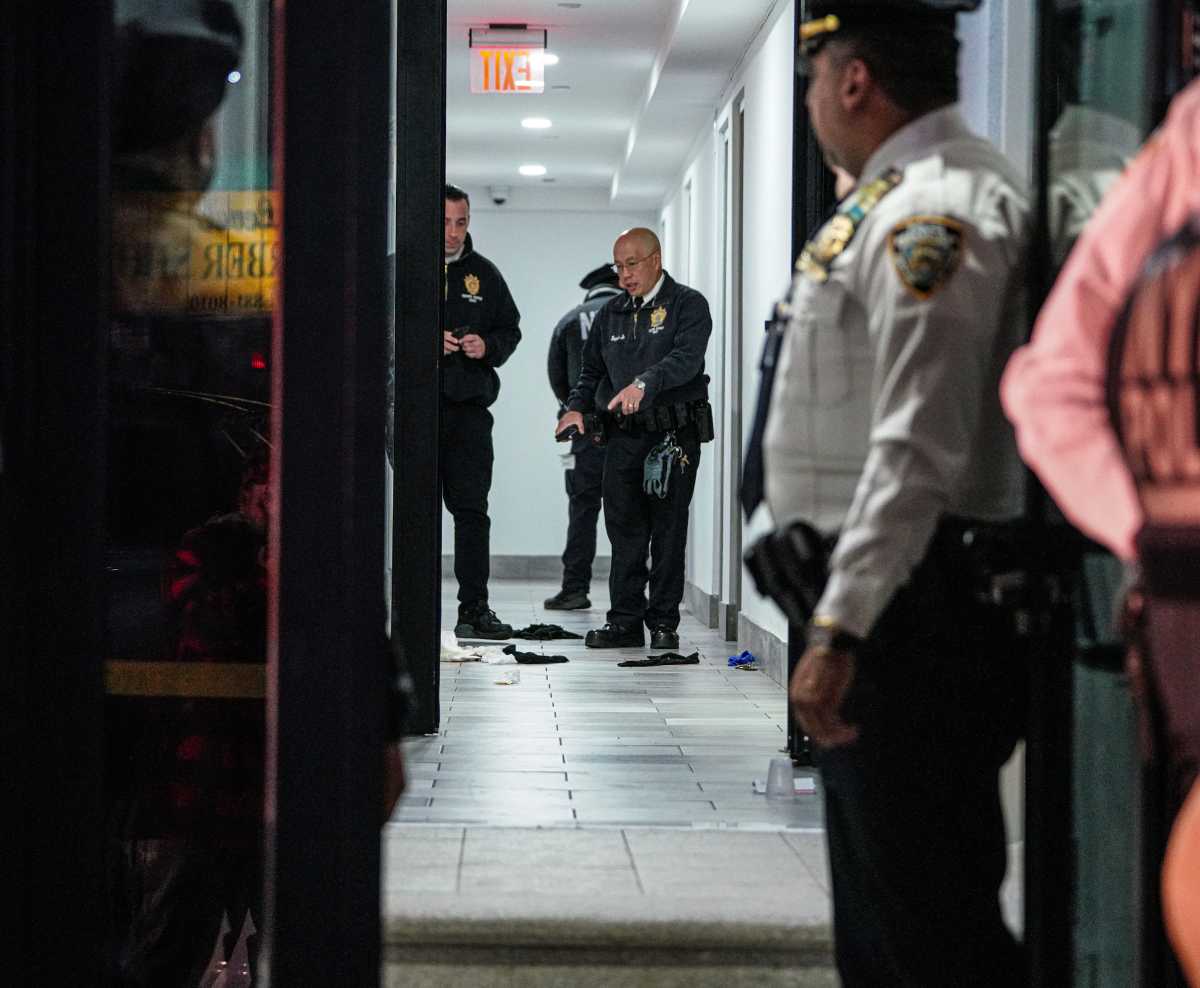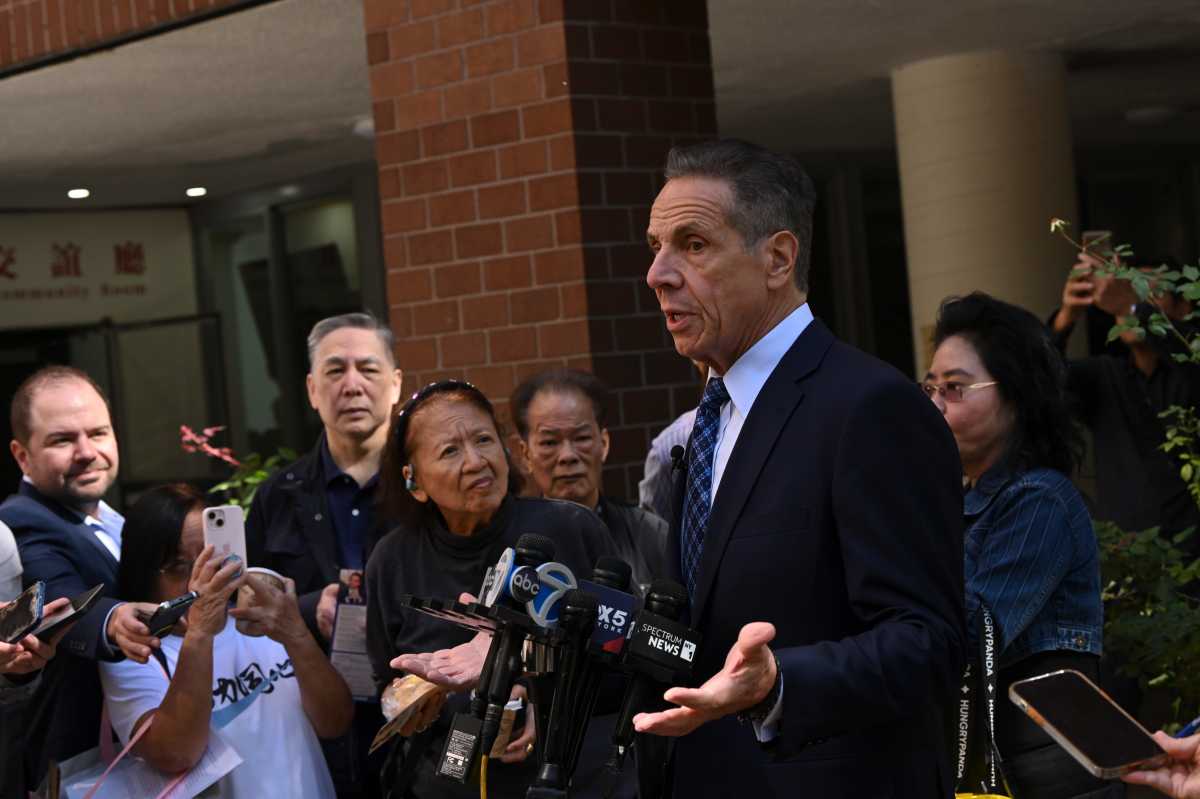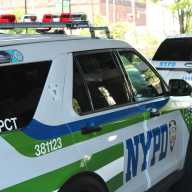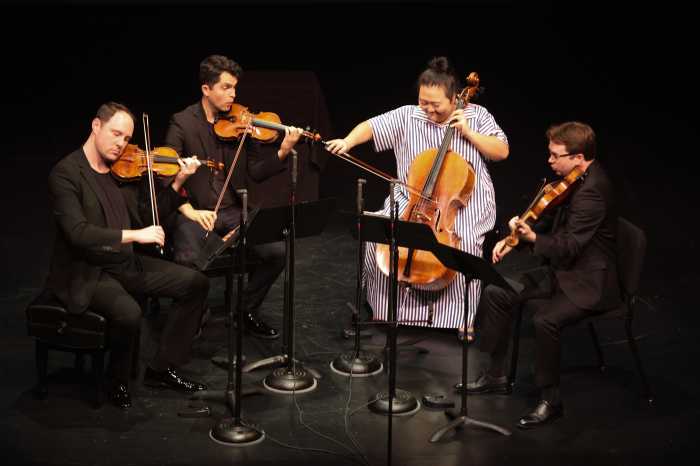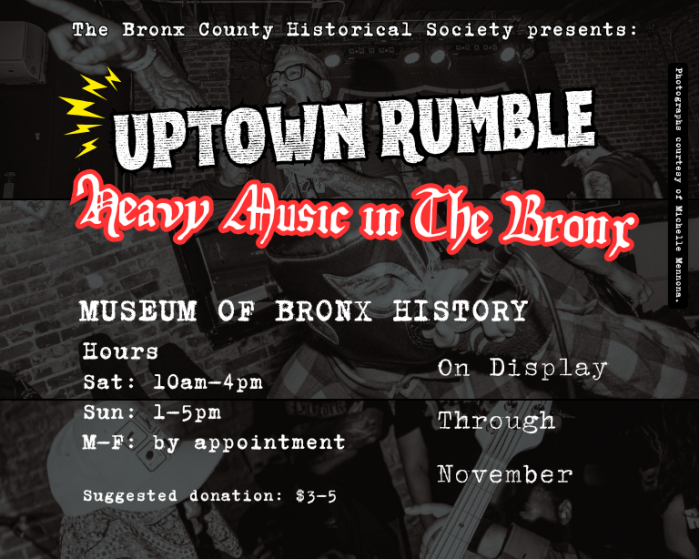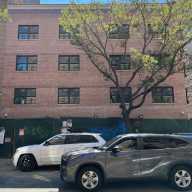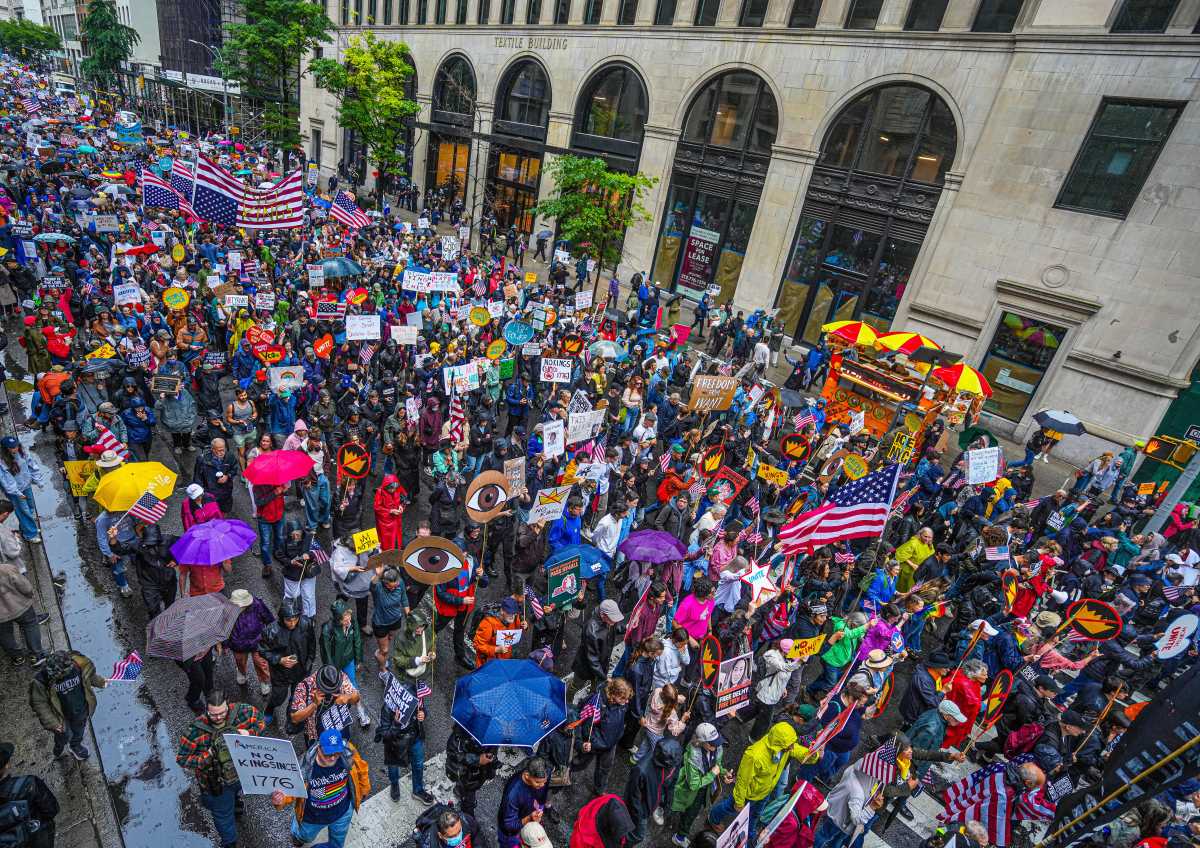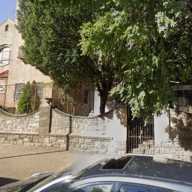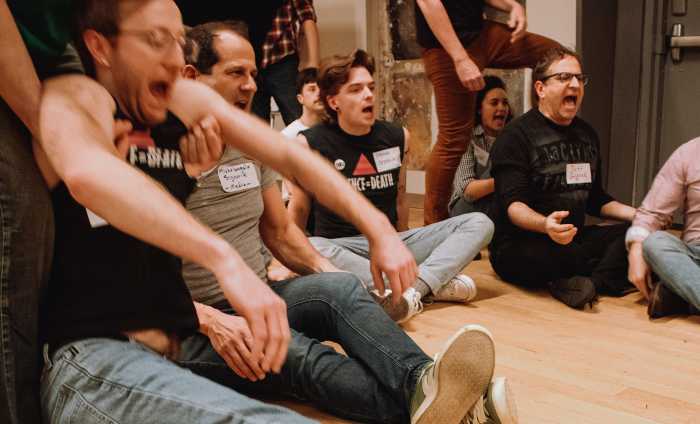For nearly 52 years, the Twins Parks North West complex defined the skyline of the Fordham Heights section of the Bronx. On Sunday, the building was still standing but its charred exterior and smashed windows defined an afternoon of great trauma — loss of life, damage and home.
From loss to hopelessness to anger, displaced tenants of the now-tattered Twin Parks North West complex — the 19-floor high-rise apartment complex that was the center of a fire in which 17 people, including eight children, perished on Sunday — are grappling with a range of emotions in the aftermath of one of the deadliest fires in New York City’s history.
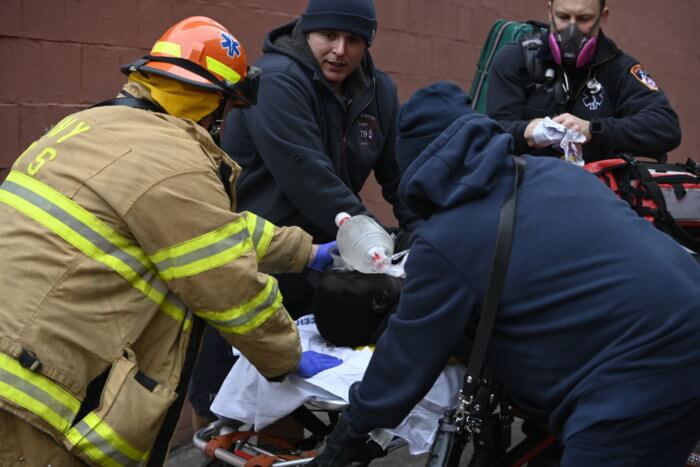
Dozens of tenants still remain hospitalized throughout the city and Westchester “fighting for their lives,” with one Bronx area nurse telling the Bronx Times, she “wanted to quit” her 11-year career as a nurse after having to witness two deceased children from the fire. More than 100 families are homeless, with very little direction or timetables for when they might be rehoused.
As the city rallied around displaced tenants hoping to rebuild, neighbors and most, if not all, lost a piece of what they consider a home on Sunday. On Monday, FDNY officials pointed to malfunctions in both a space heater and a faulty self-closing apartment door that caused the initial fire to break out on the building’s third floor.
According to fire officials, there were several space heaters inside the duplex apartment where the fire started, and one of those heaters was reportedly left on for days.
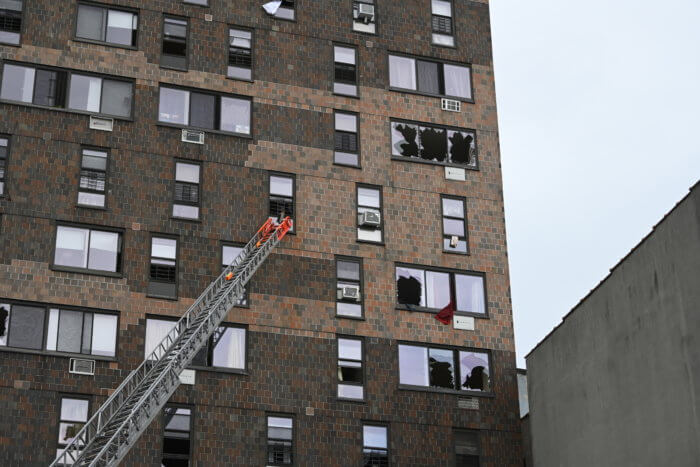
But some residents aren’t pointing fingers at space heaters or residents who used them, but rather the lack of follow-through from building management to address a litany of quality-of-life violations raised by Twins Parks North West tenants over the years.
“This should’ve been prevented,” said Yusupha Hamza, 39, who immigrated to the Bronx from the Gambia in 2017 to live in the building’s fourth-floor apartment. “But instead, I could hear mothers crying out for their babies to be saved, the smell of smoke won’t ever leave my nose, and really good people lost loved ones and some lost the place they call home.”
The 52-year-old building is owned by Bronx Park Phase III Preservation LLC, which is comprised of a consortium of developers — Belveron Partners, the LIHC Investment Group and The Camber Property Group. A spokesperson told the Bronx Times on Monday that, while all doors in the complex are self-closing, there were “no open violations or complaints related to self-closing doors at the property.”
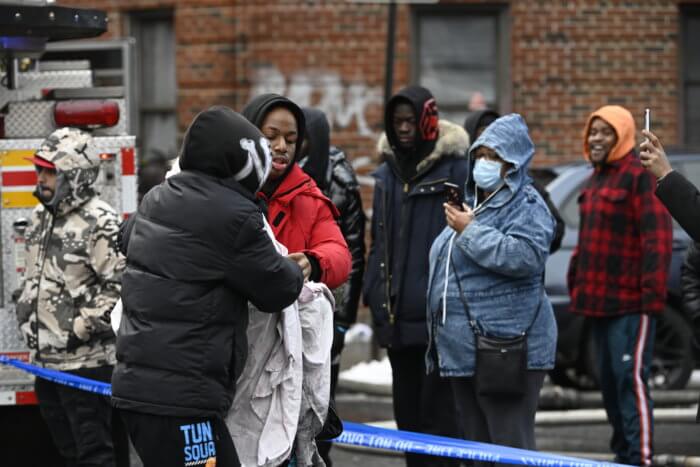
One of the co-founders of The Camber Property group, Rick Gropper was appointed to Mayor Eric Adams’ transition team for housing issues before the Brooklyn Democrat took office this year.
In 2o17, when an apartment fire in the Belmont section of the Bronx killed 13 people, it necessitated requirements for self-closing doors that open into corridors or stairways for apartment buildings, hotels, nursing homes and other multiple-dwelling units. Owners were required to install such doors by this past July.
However, there were instances in both 2017 and 2019, according to violations filed with the city Department of Housing Preservation and Development that some automatic self-closing doors — which is a requirement for adherence to fire code — did not work.
A few residents told the Bronx Times both on Sunday and Monday that they don’t think either of the building’s self-closing doors have a functional door-stopper that would’ve kept the door to the apartment where the fire originated shut.
If functional, fire safety experts say that the self-closing doors help curb the spread of a fire. But as residents evacuated a building that billowed with fire and smoke within an hour of igniting, that door where the fire started remained ajar amid the frantic evacuation, allowing the fire and smoke to exacerbate and spread throughout the complex.
“Opening windows, leaving doors ajar as they flee, it’s one of the biggest mistakes people make in fires,” said Taylor Vecsey, who is a fire captain and EMS medical technician for Long Island’s Bridgehampton Fire Department. “If the door was closed, the fire’s spread would not have been as bad.”
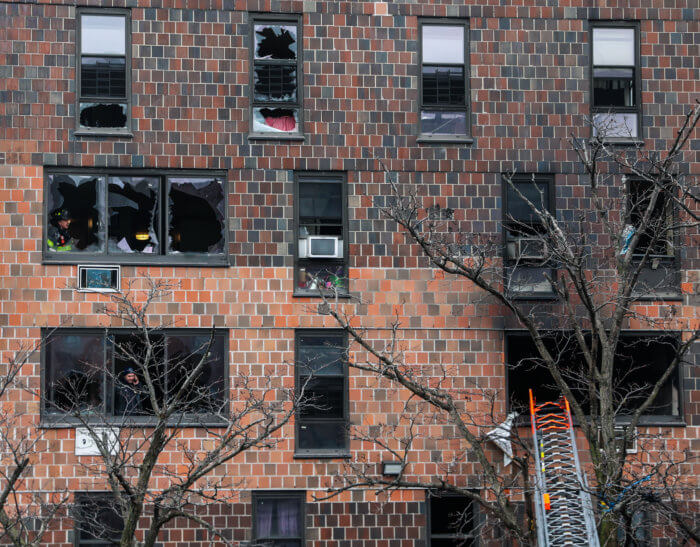
Mayor Adams said the city has opened an investigation into the Bronx apartment building. In addition to looking into the cause of the fire and how it spread so quickly, he said the city would investigate whether self-closing doors were properly functioning.
In addition to the violations regarding the self-closing doors, the building management had been notorious, according to residents, for not addressing residential complaints regarding lack of heat and hot water, among other complaints. Before Sunday’s fire, there were 18 open violations against the property, with 174 total violations levied since new ownership took over in 2020, records filed with the city Department of Housing Preservation and Development show.
Throughout its 123 building portfolio, Bronx Park Phase III Preservation LLC has a total of 11,801 residential units, but within just the last three years had received 2,468 heat and hot water complaints submitted to the city’s 311 service, according to NYC-based tenant-organizing service JustFix NYC.
Hamza said that since he’s been a tenant of Twin Parks North West, there had “always” been issues with sufficient heat in apartments during the city’s cold spells, and doesn’t entirely blame the use of the space heater that started the fire. Instead, in his eyes, fault lies mainly with building management.
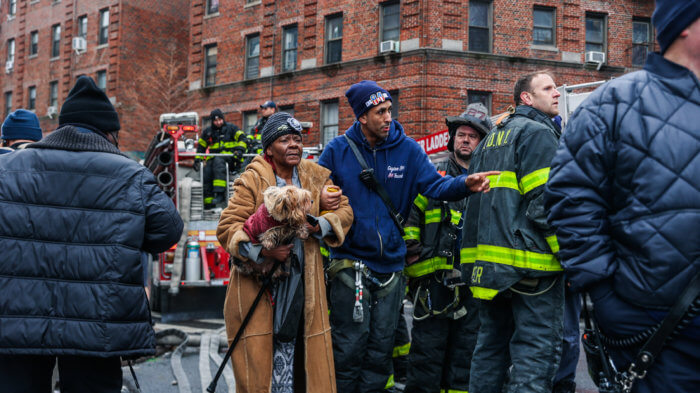
“The tragedy in this is that this isn’t something that happened in just one day, this has been years and years of neglecting the needs of tenants,” said Hamza, who said he is unsure of his living plans following the fire. “There are families starting (GoFundMe) fundraisers for the family members and friends that this ownership group and this city failed to protect. They should be the ones covering funeral expenses.”
Last year, more than 30 complaints were filed by residents of the Twin Parks North West over poor living conditions from city-banned lead paint in various units to invasive mice and roach infestations through the 19-story complex.
In 2013, then-Gov. Andrew Cuomo had given the landlord of the Twins Parks North West property roughly $38 million in tax-exempt bonds and $1.6 million per year in tax credits to refurbish apartment units and also ensure upgrades to security systems and the lobby, but not fire safety or equipment upgrades.
While building officials said that there were “no known issues” with the smoke alarms in the Twins Parks North West building, residents told the Bronx Times on Sunday that the fire alarm would get “triggered” at random times, and that it could’ve played a role in residents not knowing if the alarm was an emergency signal.
The spokesperson with Bronx Park Phase III Preservation LLC said that they are working on addressing any issues stemming from the fire, and that anyone who needs long-term housing due to the fire will be accommodated “without question.”
But for some, after the tragic events of Sunday, home won’t be the same.
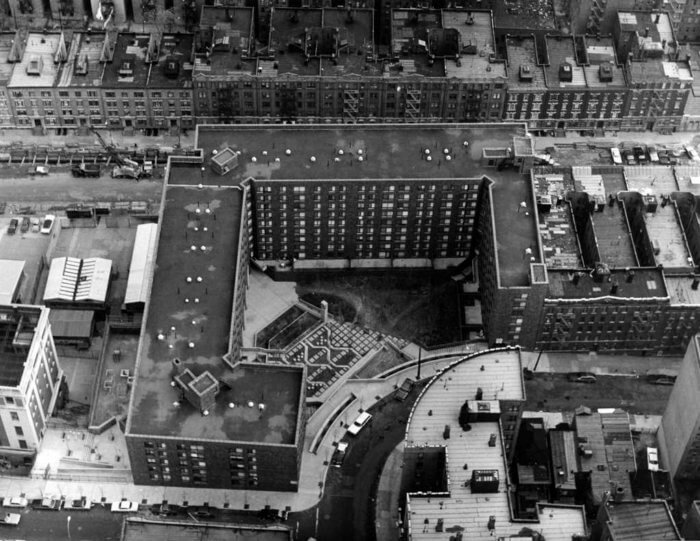
When Twins Parks North West was constructed in 1972, it was hailed as a first-of-its kind housing venture in New York City. The building once lauded for its humane subsidized housing, also was a refuge for immigrant and Muslim communities from The Gambia and elsewhere.
First-generation Bronxite Omar Baldeh, 17, said when his family moved from Gambia to the housing project in the late 1990s, it was a different quality of living than what he later experienced growing up in the complex.
“My family used to tell me how nice it was to have an apartment near the mosques and in this beautiful Gambian community,” said Baldeh, whose mother is still in the hospital due to the effects of smoke inhalation from Sunday. “But as I started growing up, I realized that things would stay broken forever, and we would have very cold winter nights without heat for months, and it felt like landlords or whoever don’t care about us.”
For Baldeh, who lives on the sixth floor of the building, he continues to relive the terrible memories and haunting visuals from Sunday’s fire.
“I can’t get the screams out of my head, I can’t get the sirens out of my head, I can’t look at my home anymore without thinking about how many people died, and how much of it could have been prevented,” he said. “It’s going to be tough going home, and I hope I don’t have to (go home) without my mom.”
Sunday’s fire was the second time in a week that a massive fire ravaged a low-income apartment building. In Philadelphia’s Fairmount neighborhood, a fire broke out in a duplex row house — which is owned by the Philadelphia Housing Authority — that claimed the lives of 12 people, nine of them children.
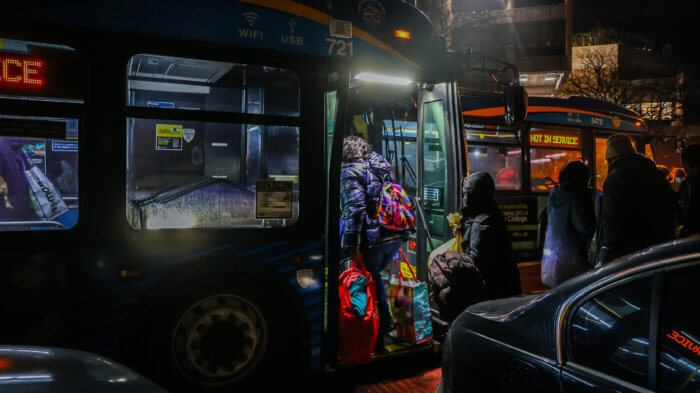
In both incidents, fire safety officials believe the fires were not only preventable, but should be a wake-up call for increased fire safety legislation. There is currently no federal law requiring sprinklers and smoke detectors to be retrofitted in existing high-rises despite the fact that advocates have been pushing for it over the last several decades.
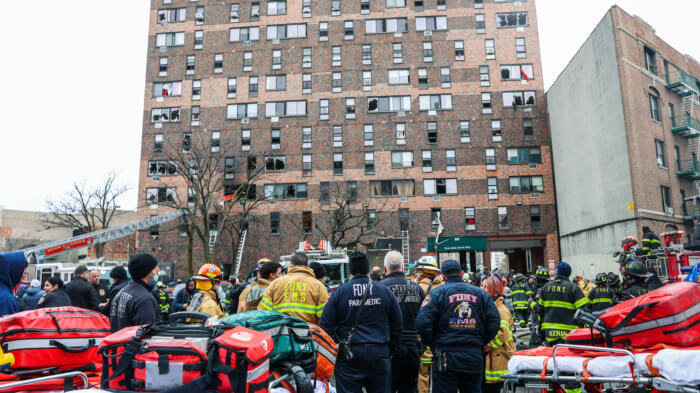
Reach Robbie Sequeira at rsequeira@schnepsmedia.com or (718) 260-4599. For more coverage, follow us on Twitter, Facebook and Instagram @bronxtimes.


